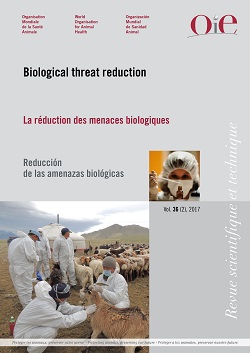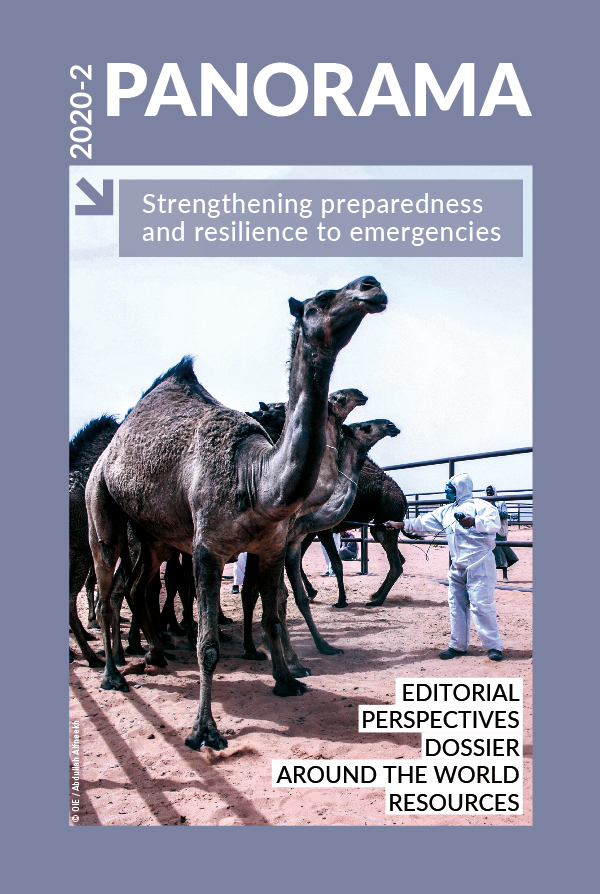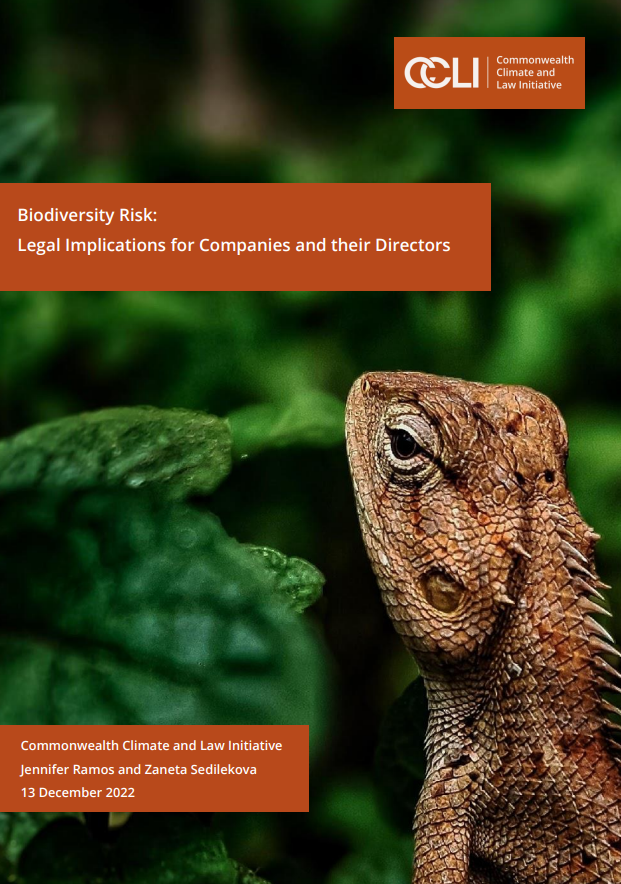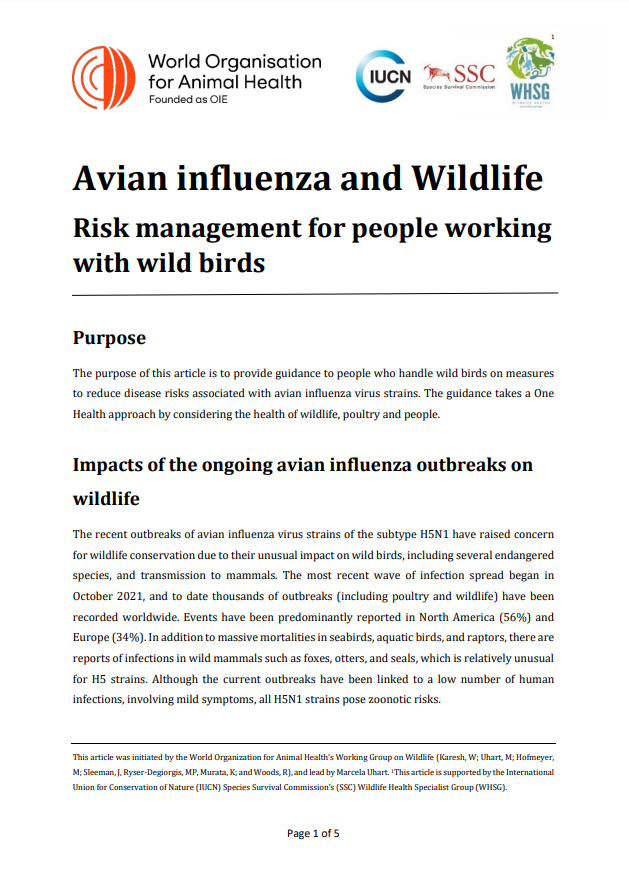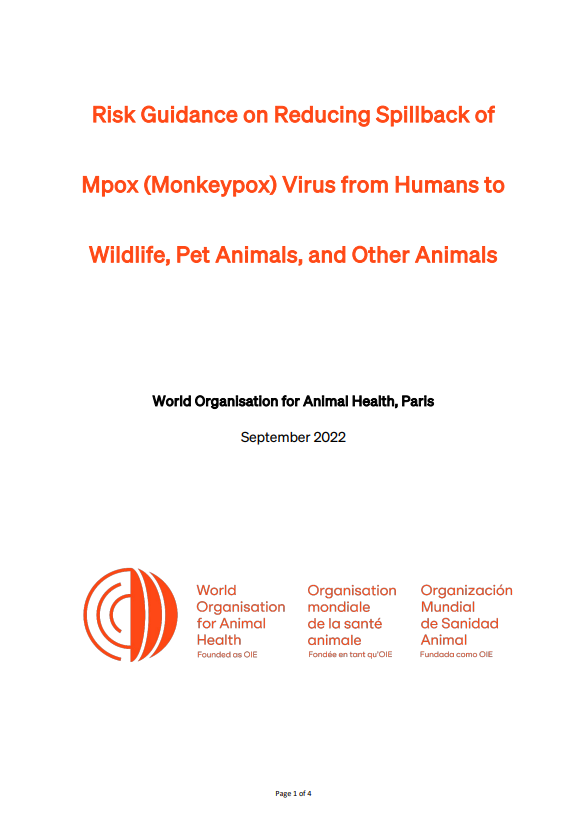Keywords
Scientific and Technical Review, Vol. 36 (2)
Coordinator and Editor: Tammy Beckham
World Organisation for Animal Health (OIE)
August 2017
348 pages
ISBN: 978-92-95108-31-8
This issue of the Scientific and Technical Review reviews the use of animal pathogens and zoonotic agents as bioweapons. More specifically, it examines their use throughout history, explores current disease trends and threats and evaluates the use of animals (terrestrial and aquatic) as sentinels for early detection of outbreaks affecting animals and/or humans, whether the outbreaks be of natural, accidental or deliberate origin. In addition, it looks at the potential impacts of animal pathogens, including zoonotic agents, on economies, social unrest, food security, and public health. It reviews current frameworks for an international response to a biological event and explores current United Nations mechanisms for response to an alleged use of biological agents. This volume also explores technological advances for early detection, surveillance, and response to a disease event. It concludes by discussing systems for strengthening global biosecurity and resilience and considering methods of ensuring the sustainability of these systems.
Contents:
- Preface – Biological threat reduction
- Introduction – Biological threat reduction
- A brief history of biological weapons programmes and the use of animal pathogens as biological warfare agents
- Animal pathogens and their impact on animal health, the economy, food security, food safety and public health
- Biological threats from a ‘One Health’ perspective
- Biosafety and biosecurity in veterinary laboratories
- Biosurveillance: a systematic review of global infectious disease surveillance systems from 1900 to 2016
- Comparing responses to natural, accidental and deliberate biological events
- Emerging infectious disease risk: shared drivers with environmental change
- Engaging scientists and veterinarians in strengthening biosecurity systems
- Genome editing as a national security threat
- International health threats and global early warning and response mechanisms
- Linking animal diseases and social instability
- Links between law enforcement and veterinary animal health: a case study of the United Kingdom and the United States of America
- OIE twinning programme for veterinary education
- Preparedness activities and research needs in addressing emerging infectious animal and zoonotic diseases
- Response of developing countries to biological threats: the case of the Republic of Haiti
- Rinderpest eradication: challenges for remaining disease free and implications for future eradication efforts
- Rinderpest experience
- Strengthening good governance: exploiting synergies between the Performance of Veterinary Services Pathway and the International Health Regulations (2005)
- Sustainability and economic investments in animal health systems
- Technological advances in veterinary diagnostics: opportunities to deploy rapid decentralised tests to detect pathogens affecting livestock
- Technologies for capturing and analysing animal health data in near real time
- The Biological Weapons Convention
- The Global Health Security Agenda and the role of the World Organisation for Animal Health
- The importance of intergovernmental standards in reducing biological threats associated with accidental, natural or deliberate acts
- The World Organisation for Animal Health and the World Health Organization: intergovernmental disease information and reporting systems and their role in early warning
- The role of climate change in a developing threat: the case of bluetongue in Europe
- United Nations Secretary-General’s Mechanism
- Viral discovery as a tool for pandemic preparedness




